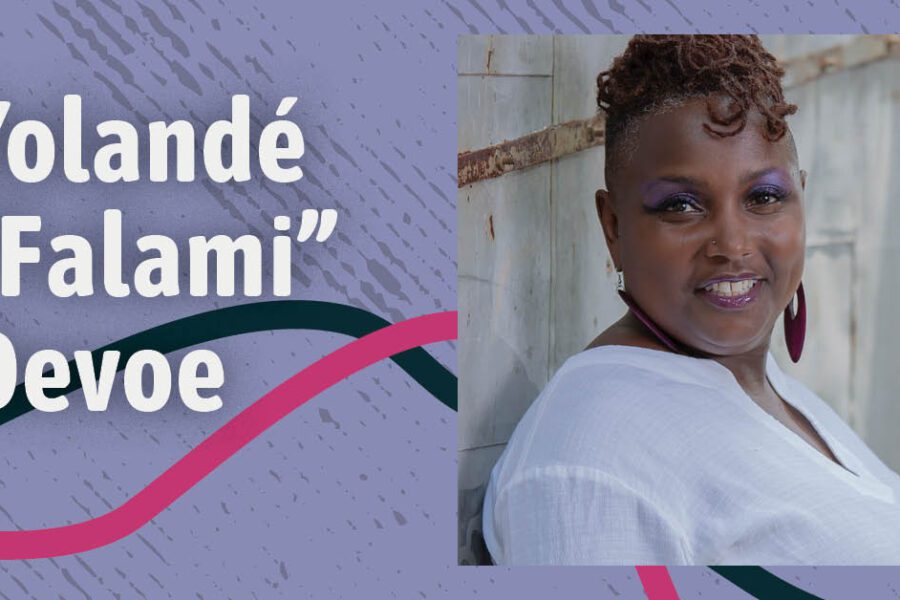An Interview with Josh Parker, UEE Alum (2018) (abbreviated)

Tell me about your new position in the Seattle schools:
In my new job, I will serve as a racial equity and advancement coordinator at Seattle public schools.
The team that I’m working with is very small and are all leaders in the district. I am the only male and the only white person on the team. An important part of the job will be constantly reflecting on that dynamic and thinking about what I will learn as well as bring to the team and our work. It is a wonderful continuation of the reflective and transformational work that I engaged in during the program.
Describe some of the core ‘learnings’ you gained from the program:
I began to realize that what had been missing from conversations about environmental issues or educational issues was the impact of oppression and white supremacy in the environmental field.
The talk about race and environment is beginning to enter the conversation but there is so much further to go. My practicum confirmed my suspicions about the difficulty of talking about race in organizations that are traditionally ‘white-led’ institutions. There actually was no conversation about race going on. Looking at things through a lens of racial equity became really important. It was important to my research, to my reflection, to my practicum. Avoiding the lens of racial equity is a barrier when engaging ‘students of color’ in programming.
Did the UEE program meet your expectations?
That brings me to the title of the program: Urban Environmental Education. The word ‘Urban’ implies the focus of racial equity because of the diversity in cities…the displacement, the gentrification, the ‘white wave’ in gentrifying communities. But, it doesn’t do justice to the real focus, which is having a lens of racial equity when looking at the ‘environment’. We need to be more explicit about the program’s focus on the intersection of racial equity, environment and education.

The racial equity lens was nurtured through the simple fact that our cohort was a POC majority space. That part of the design was hugely influential, and I benefitted greatly from that majority. It’s one thing to have faculty of color and another to work with peers who are coming from a huge range of identities, experiences and backgrounds that differ significantly from your own. We began, from day three, sharing personal and professional experiences, identities, emotions and vulnerabilities in the safe place that was provided by the program. Hearing clear representations of each journey and how racial identity influenced their work in the field was profound. And it was bounded by classes where theorists and writers like bell hooks and Paulo Freire held us up and provided the words to underwrite and translate our experience.
Describe your practicum experience and how that worked to apply your in-class learning:
Supported by class interactions, I found the major transformation happened during my practicum. My ‘work’ epiphany was linked to what I was learning and discovering in class. Walking into the organization, I saw what was happening with new clarity. I had a sudden recognition of how culture was deeply missing from the organizations programming. We had a narrow environmental view, using Western facts and knowledge. I was hit with the fact that I had delivered those same programs that separated humans, culture and, nature and environment before.
All of a sudden, I was in a position to communicate that ‘gap’ in our programming in a constructive way and to share the research around culturally responsive teaching with my colleagues. Putting culture at the foundation of learning, essential connections to learning in the brain and the heart, was possible. I was able to look at all the programming through a critical lens and have all of the theories and research backing me as I talked with colleagues. I was able to find the language to express this disconnect…language that I hadn’t had before. In Running Grass’s class, we were presented with another way of thinking about this issue. We spent time critiquing the environmental movement. Then we were presented with alternative ways of approaching an educational model.
What lasting impacts do you think you gained from the program?
I didn’t know that I would walk away from the program with another way of thinking about race and culture and environment. I was given a chance to critically reflect on both the theory, the practices and my own culpability in perpetuating the ‘white’ lens of environmental education. I had to own and understand that there was another way of being. I learned that the antidote to guilt is action – and that influenced the research and approach of my practicum. Not guilt and shame wallowing…but moving through it. I started conversations with people who have good intentions and as a consultant coach and facilitator with staff…challenging with compassion to encourage people to take risks in doing things differently. I began to see myself differently while in the program…that was a gift. I learned how to expose the beliefs…the perspectives…the values that guide our behavior as professionals and to understand how to change our behavior. Being able to see ourselves as leaders with a lens of racial equity and have the practice to play that out in our practice…take it into the workplace is powerful. Learning enough skill, theory and leadership to navigate and change organizations that have been white-led for decades should be the goal of the program.
Cindy Thomashow is an Academic Manager in our Urban Environmental Education program.




